Super size: Adriana Varejão’s baroque tiles loom large in Rome
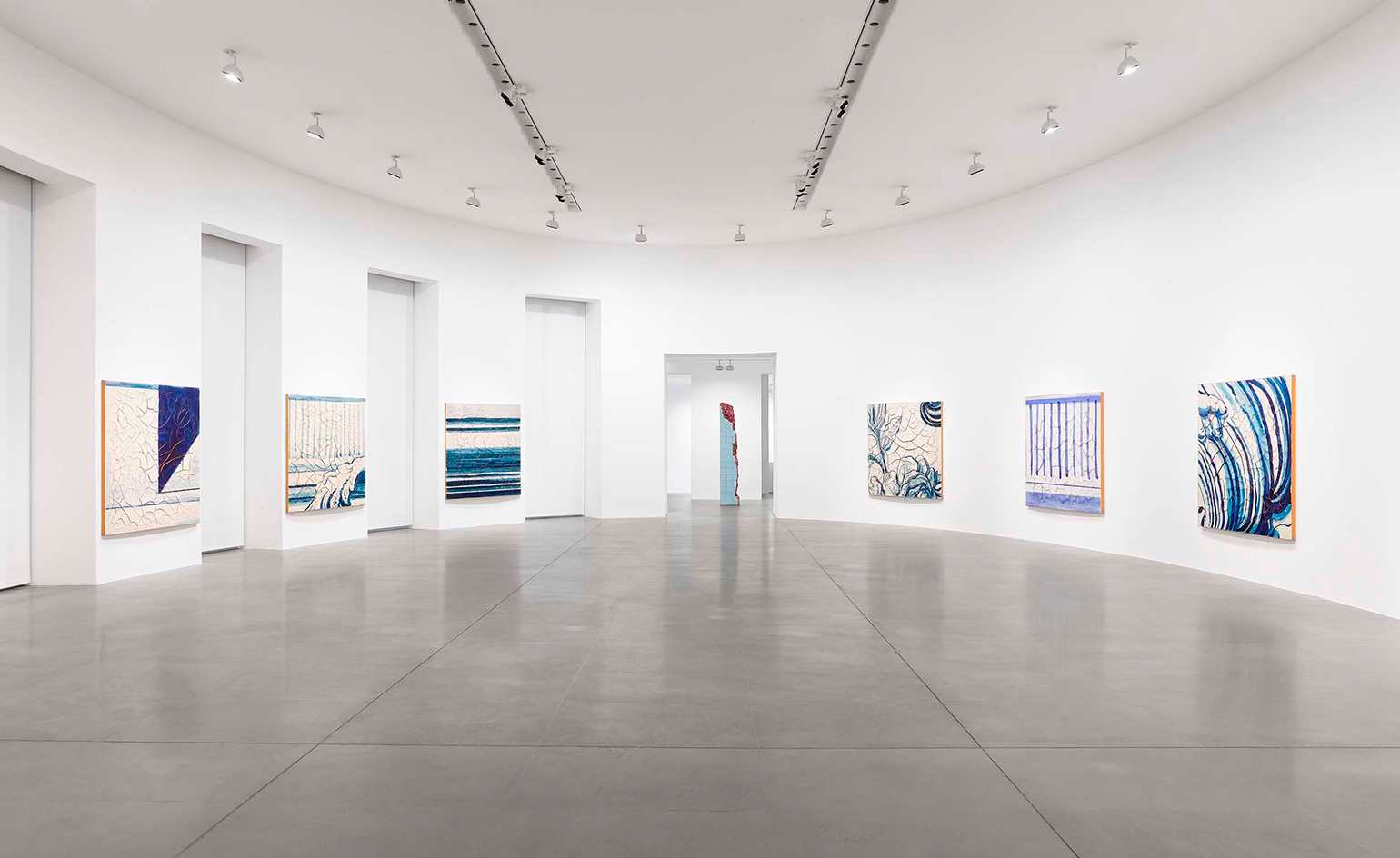
The azulejo – a kind of painted, tin-glazed ceramic tile – has a rich and diverse history. Since its invention on the Iberian Peninsula seven centuries ago, it has drawn influences from Moorish artisans, the Italian Renaissance, and imported wares from the Netherlands and China. The Portuguese, who consider it a national symbol, introduced it to the distant corners of their empire. It continues to be seen everywhere from magnificent public buildings to humble private abodes.
The dimensions of azulejos have varied with time, but none have been quite as ambitious as the ones by Adriana Varejão, currently on view at the Gagosian Gallery's Rome outpost. These blue and white tiles (or more accurately, tile paintings) measure 1.8 sq m each. With sweeping brush strokes and vivid cracks, they leave a strong impression even in the cavernous gallery.
Born in Rio de Janeiro – a one time capital of the Portuguese empire – Varejão has incorporated tile motifs in her work since 1988. For her, tiles are a means to explore kaleidoscopic identities. Her work is expressive, audacious and much loved. Bernardo Paz, perhaps the greatest art collector in the Southern Hemisphere, created a dedicated pavilion at Brazilian art museum Inhotim (see W*211) to house one of her installations. More recently, she was invited to drape over the aquatic centre for the Rio Summer Olympics with a tile-themed temporary mural.
Varejão produces her tiles by applying generous layers of plaster and oil paint onto canvas. As the paint dries, cracks appear on the surface by accident of nature. These are left unrepaired, perhaps as metaphors for the haphazard nature of cultural collisions. There’s a slightly savage, disquieting side to their beauty.
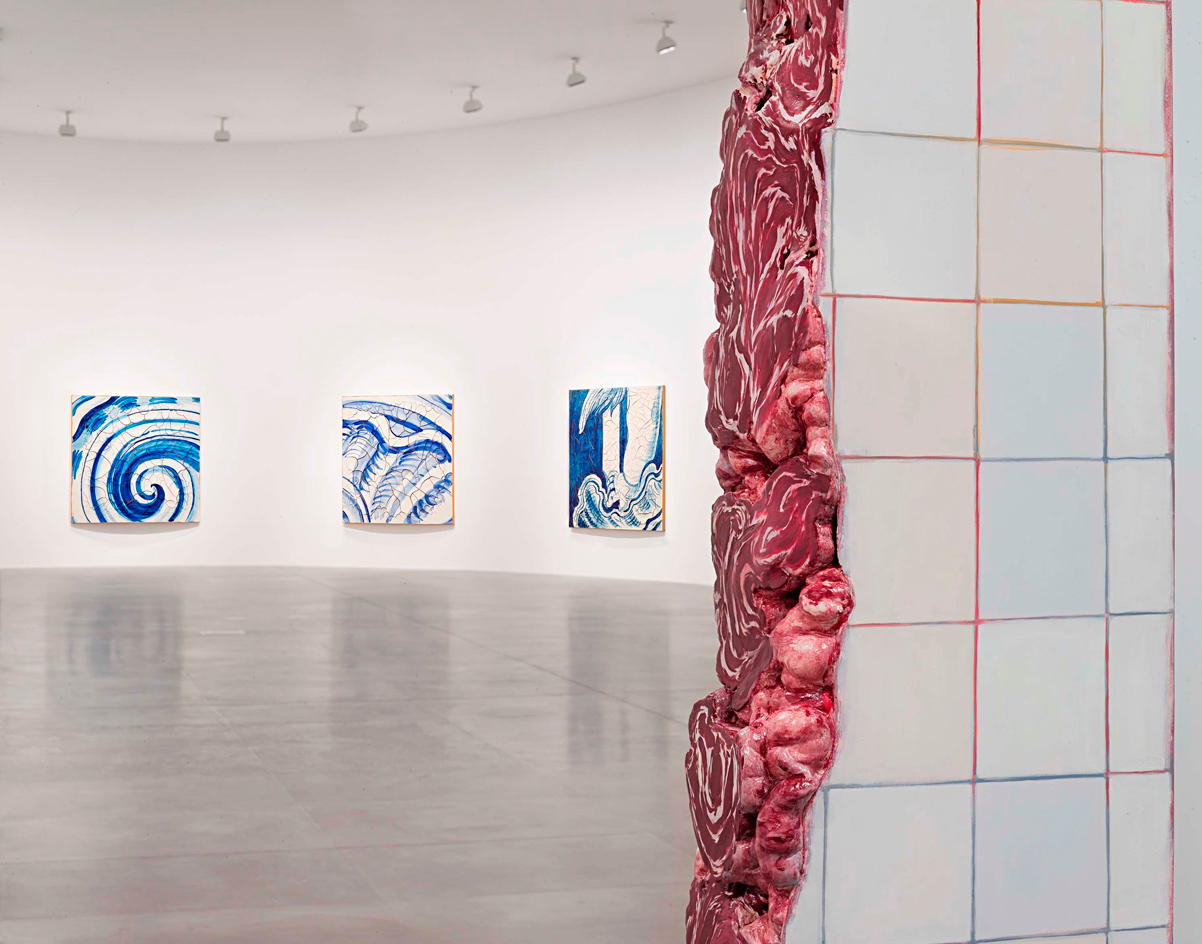
'Rome Meat Ruin' reveals a bloodied cross-section rendered in a vivid trompe-l'œil
The tile paintings now on view in Rome are the largest ones Varejão has produced to date. As she recalls, they were inspired by a dialogue between two columns at the Church of San Ignazio. Though these look exactly the same, one is made of marble and the other of wood, painted to resemble marble. Struck by the ‘play on artificiality and representation’, Varejão opted to work with baroque motifs, now found on each painting in the main hall.
‘I based each of these paintings on Portuguese baroque tiles, their images and their object quality,’ she explains. ‘I chose the motifs from my huge archive of tile images, focusing in general on those with more abstract and geometrical qualities.’ Indeed, with a close look and a good dash of imagination, one can see how each painting is a dramatically enlarged close-up of a cherub’s head, an architectural fragment, a rose or a shell.
The show also includes a single installation, Rome Meat Ruin, a tiled wall revealing a cross-section of swirling bloodied meat, which has been rendered in trompe-l'œil (a quintessentially baroque technique). ‘In my work, tiles are not tiles, meat is not meat. It is all about simulation and parody,’ remarks the artist.
Coinciding with the Gagosian show, Varejão has also been invited to present a multi-channel video installation, Transbarroco, at the French Academy in Rome. The piece was shot in the baroque churches of Brazil, backed by sound recordings of Afro-Brazilian drums and readings of key texts on Brazilian identity. It’s a powerful meditation on empire, appropriately on display at the heart of the greatest empire history has ever known.
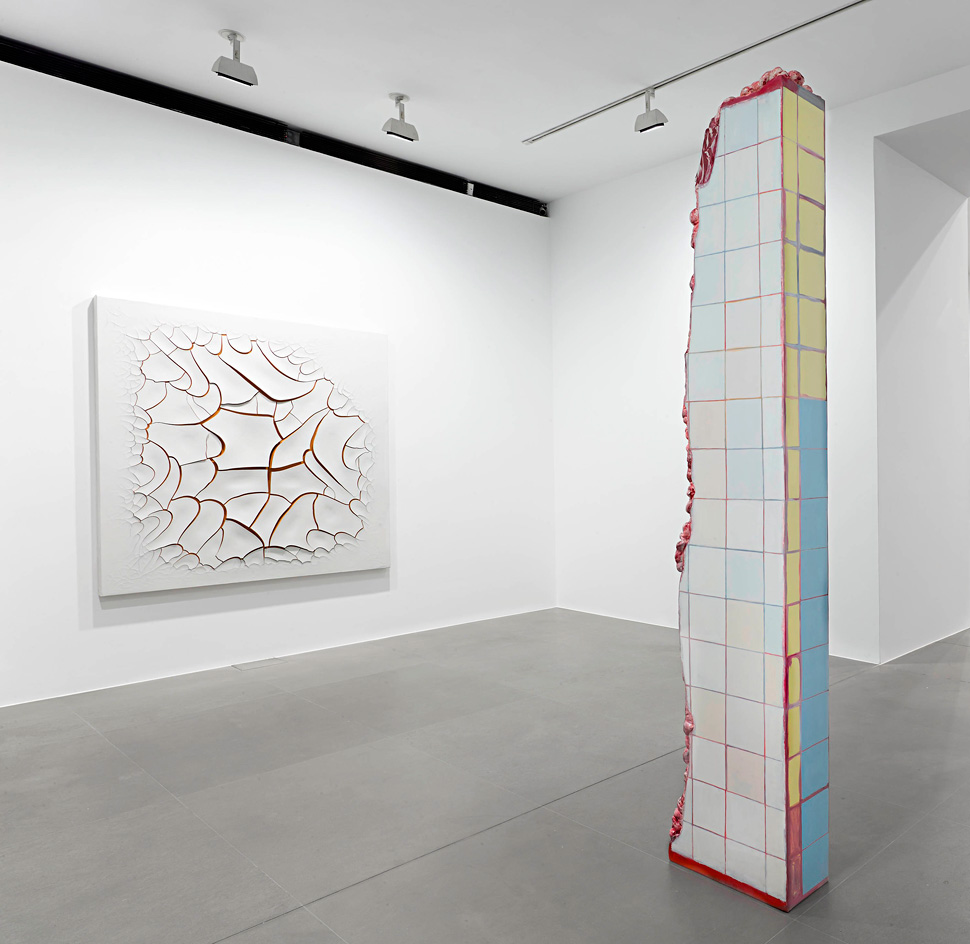
Varejão’s tiles are produced by applying generous layers of paint onto canvas. As the paint dries, cracks appear on the surface by accident of nature, and become part of the painting
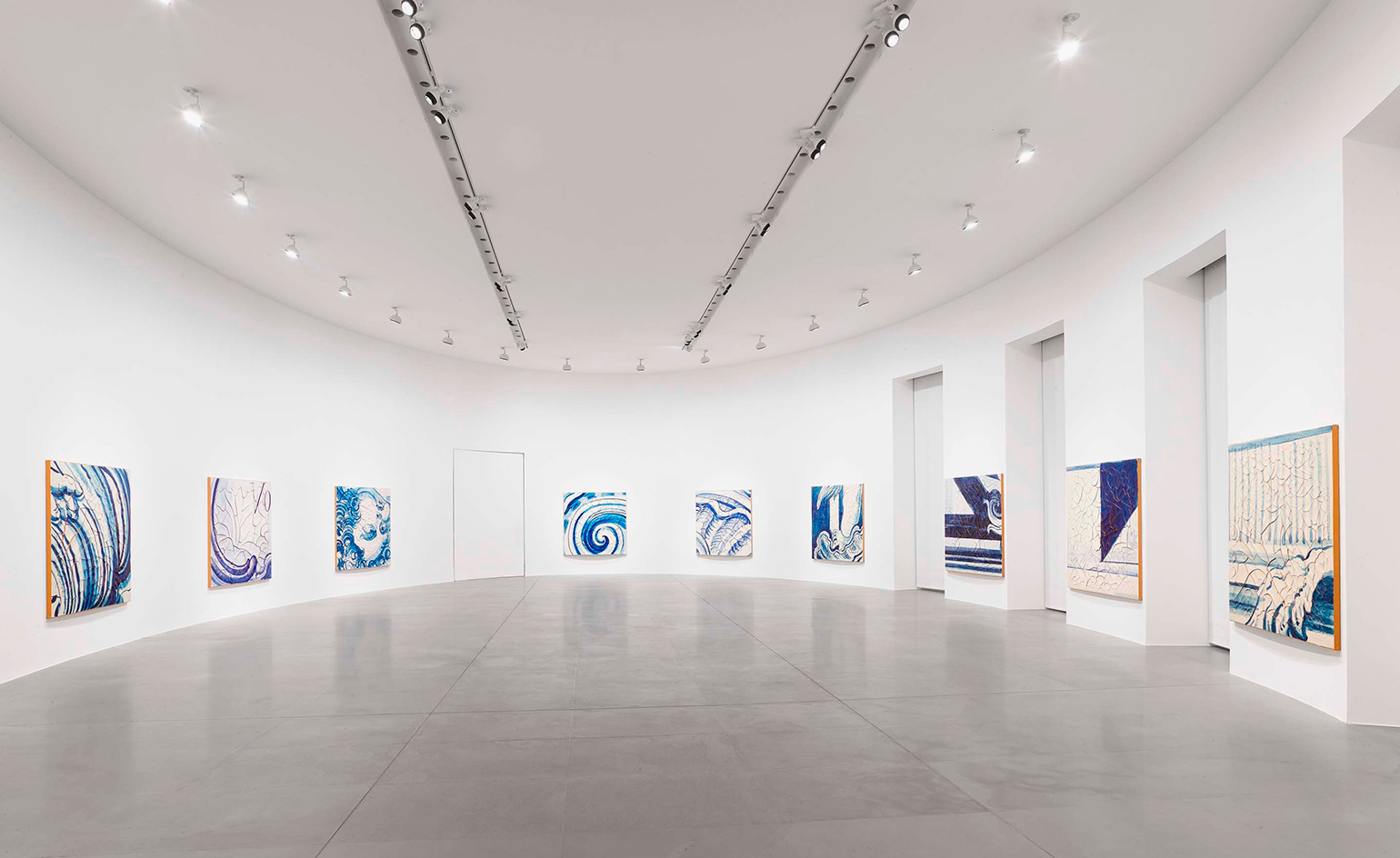
The artist based each of the paintings in the show on a Portuguese baroque tile, enlarging figurative details to the point that they are removed from their original meaning
INFORMATION
’Azulejão’ is on view until until 14 January 2017. For more information, visit the Gagosian Gallery website
ADDRESS
Via Francesco Crispi 16
00187 Rome
Wallpaper* Newsletter
Receive our daily digest of inspiration, escapism and design stories from around the world direct to your inbox.
TF Chan is a former editor of Wallpaper* (2020-23), where he was responsible for the monthly print magazine, planning, commissioning, editing and writing long-lead content across all pillars. He also played a leading role in multi-channel editorial franchises, such as Wallpaper’s annual Design Awards, Guest Editor takeovers and Next Generation series. He aims to create world-class, visually-driven content while championing diversity, international representation and social impact. TF joined Wallpaper* as an intern in January 2013, and served as its commissioning editor from 2017-20, winning a 30 under 30 New Talent Award from the Professional Publishers’ Association. Born and raised in Hong Kong, he holds an undergraduate degree in history from Princeton University.
-
 Put these emerging artists on your radar
Put these emerging artists on your radarThis crop of six new talents is poised to shake up the art world. Get to know them now
By Tianna Williams
-
 Dining at Pyrá feels like a Mediterranean kiss on both cheeks
Dining at Pyrá feels like a Mediterranean kiss on both cheeksDesigned by House of Dré, this Lonsdale Road addition dishes up an enticing fusion of Greek and Spanish cooking
By Sofia de la Cruz
-
 Creased, crumpled: S/S 2025 menswear is about clothes that have ‘lived a life’
Creased, crumpled: S/S 2025 menswear is about clothes that have ‘lived a life’The S/S 2025 menswear collections see designers embrace the creased and the crumpled, conjuring a mood of laidback languor that ran through the season – captured here by photographer Steve Harnacke and stylist Nicola Neri for Wallpaper*
By Jack Moss
-
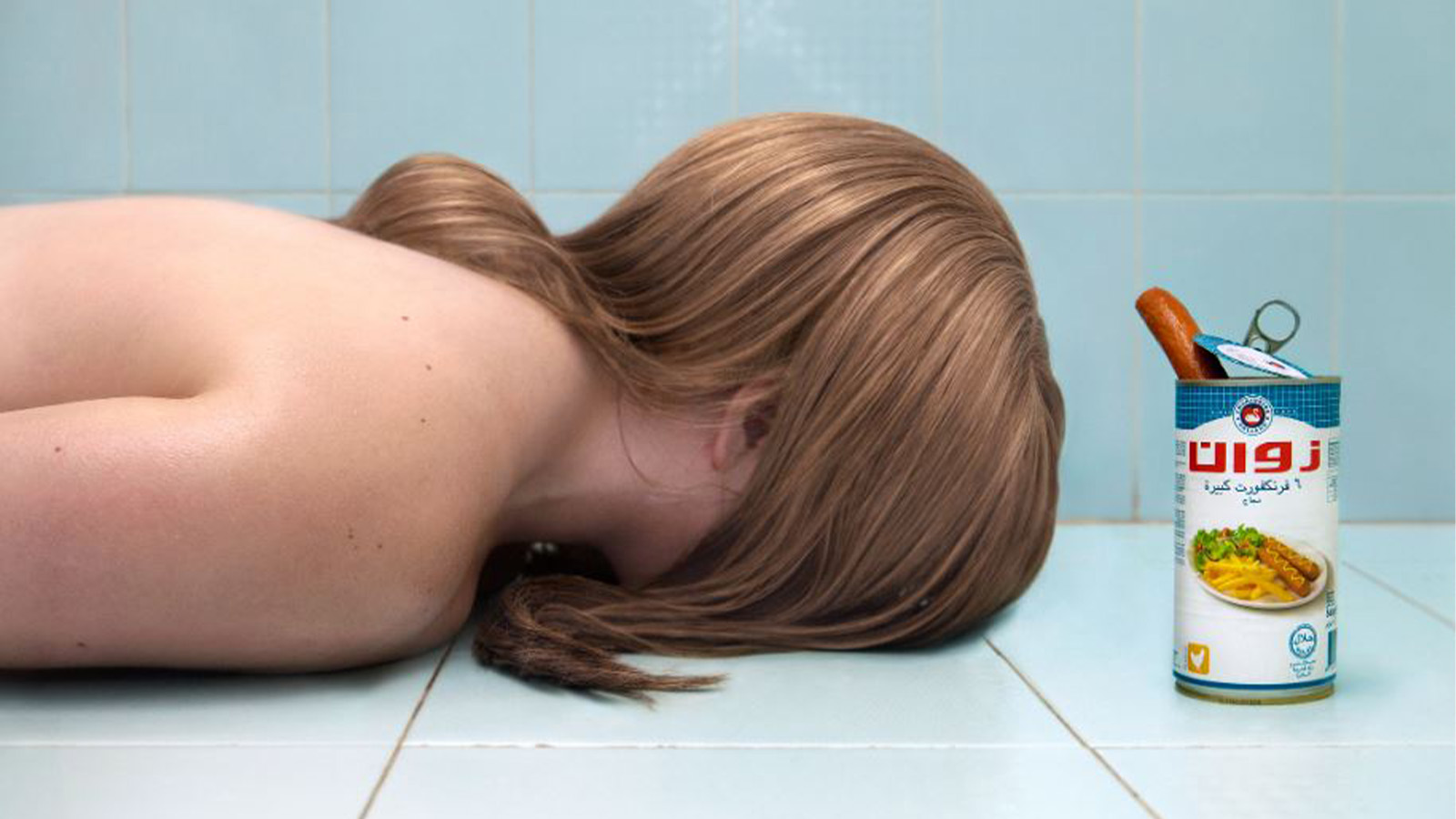 This fun and free-spirited photography exhibition offers a chromatic view on the world
This fun and free-spirited photography exhibition offers a chromatic view on the world‘Chromotherapia’ at Villa Medici in Rome, explores how we view colour as a way of therapy, and how it has shaped photography over the last century (until 9 June 2025)
By Tianna Williams
-
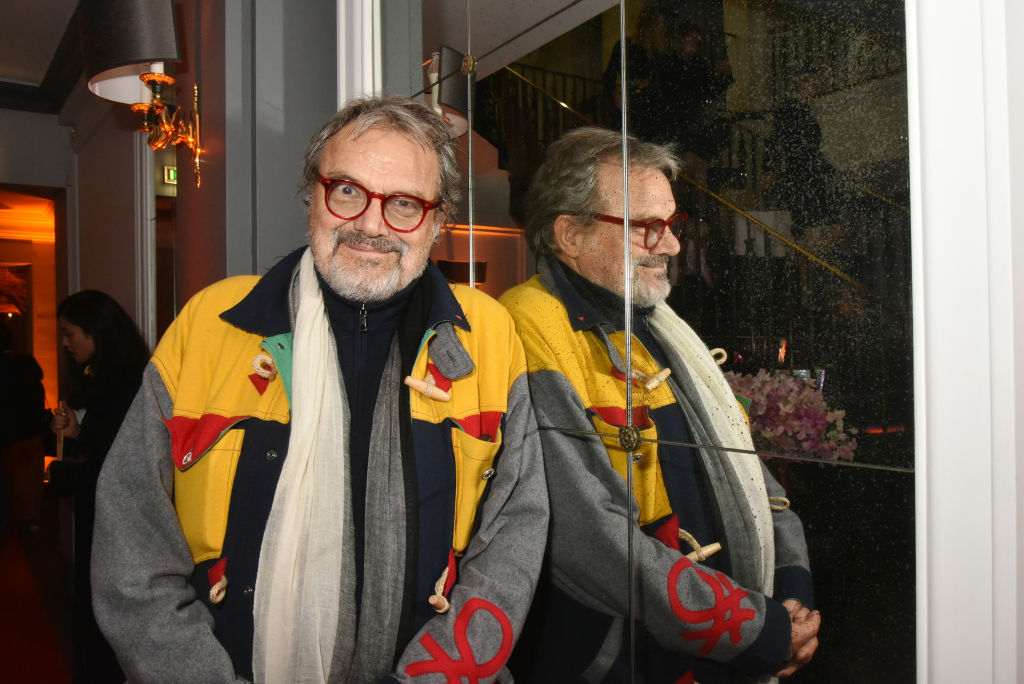 Remembering Oliviero Toscani, fashion photographer and author of provocative Benetton campaigns
Remembering Oliviero Toscani, fashion photographer and author of provocative Benetton campaignsBest known for the controversial adverts he shot for the Italian fashion brand, former art director Oliviero Toscani has died, aged 82
By Anna Solomon
-
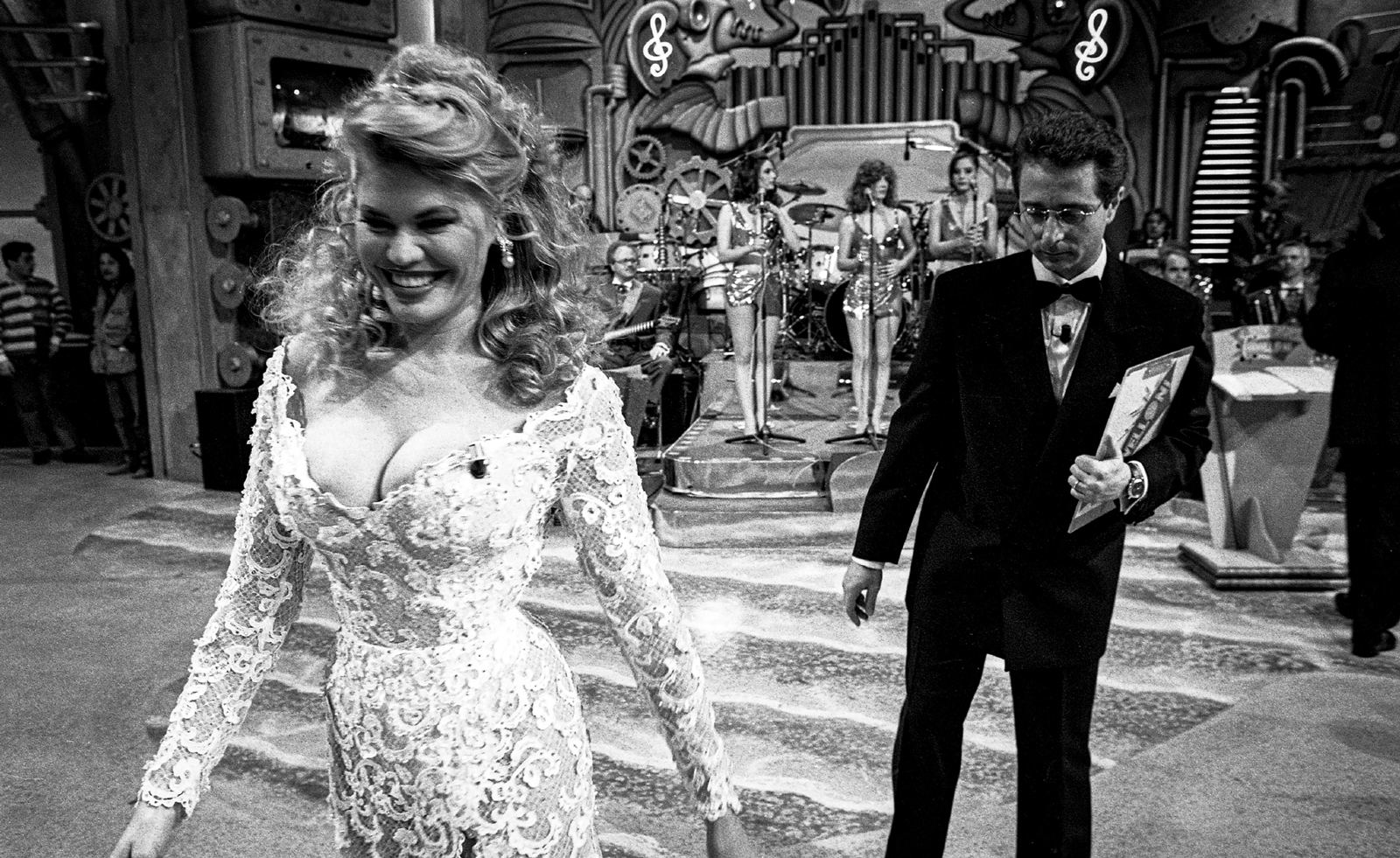 Distracting decadence: how Silvio Berlusconi’s legacy shaped Italian TV
Distracting decadence: how Silvio Berlusconi’s legacy shaped Italian TVStefano De Luigi's monograph Televisiva examines how Berlusconi’s empire reshaped Italian TV, and subsequently infiltrated the premiership
By Zoe Whitfield
-
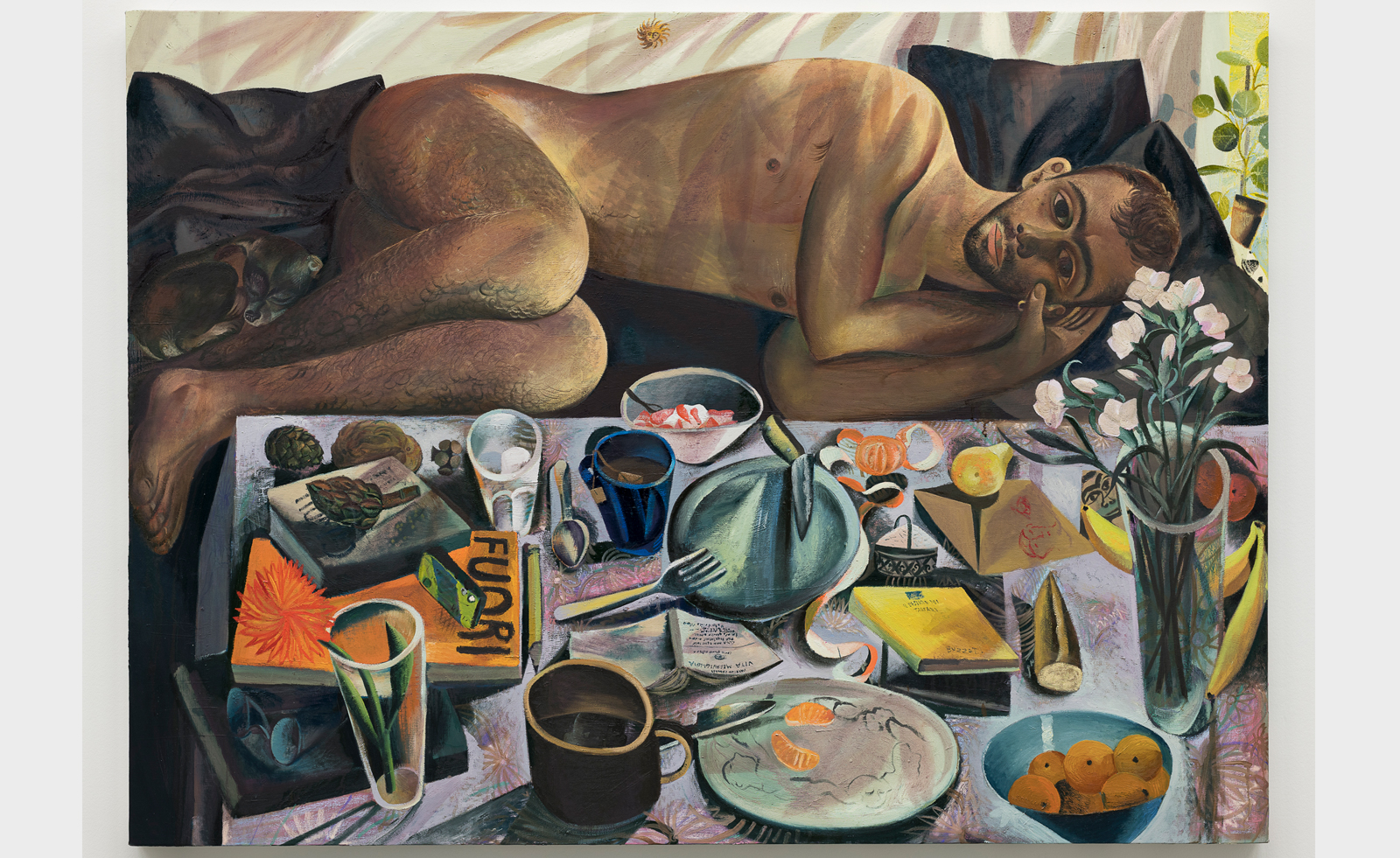 Louis Fratino leans into queer cultural history in Italy
Louis Fratino leans into queer cultural history in ItalyLouis Fratino’s 'Satura', on view at the Centro Pecci in Italy, engages with queer history, Italian landscapes and the body itself
By Sam Moore
-
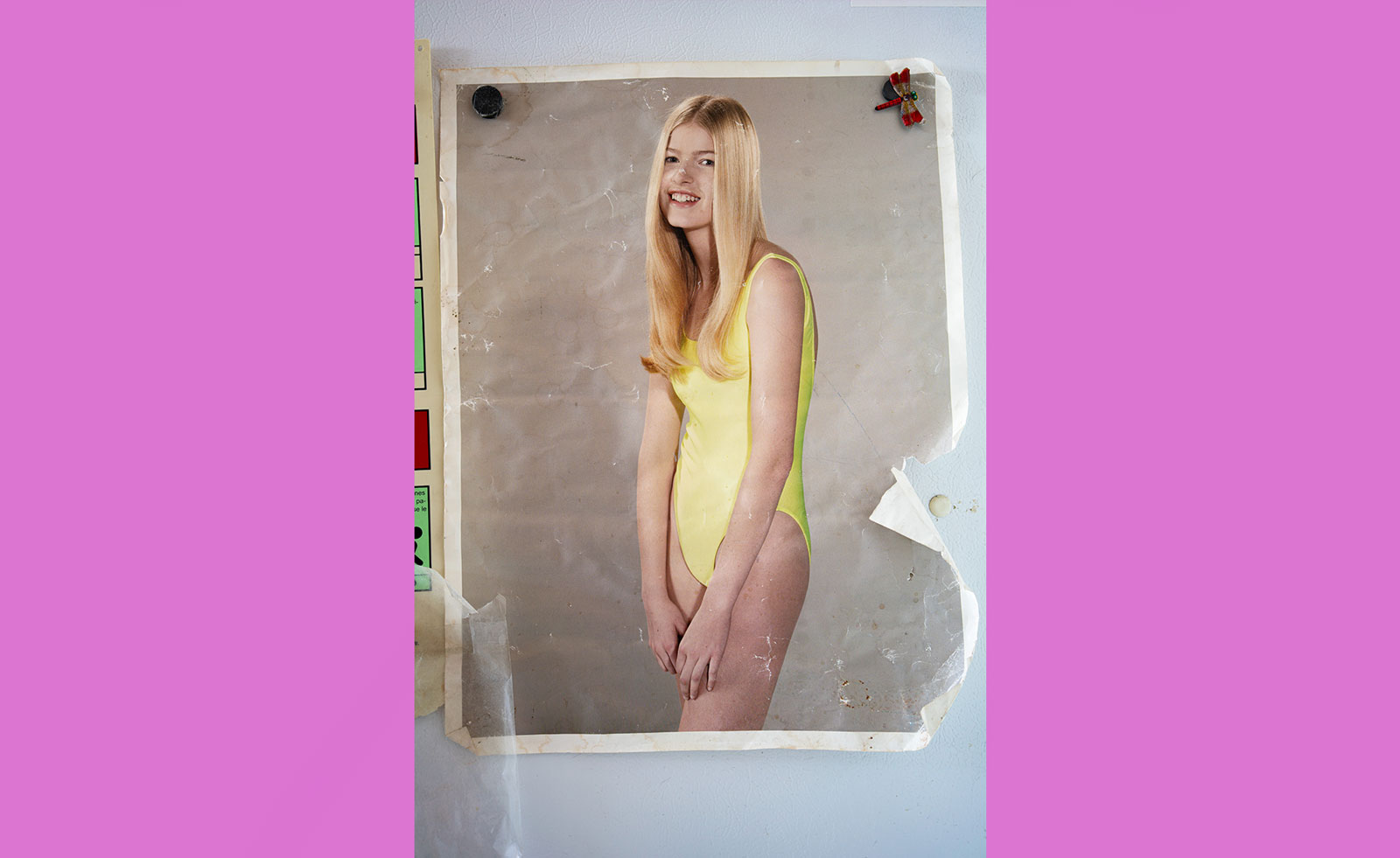 ‘Happy birthday Louise Parker II’: enter the world of Roe Ethridge
‘Happy birthday Louise Parker II’: enter the world of Roe EthridgeRoe Ethridge speaks of his concurrent Gagosian exhibitions, in Gstaad and London, touching on his fugue approach to photography, fridge doors, and his longstanding collaborator Louise Parker
By Zoe Whitfield
-
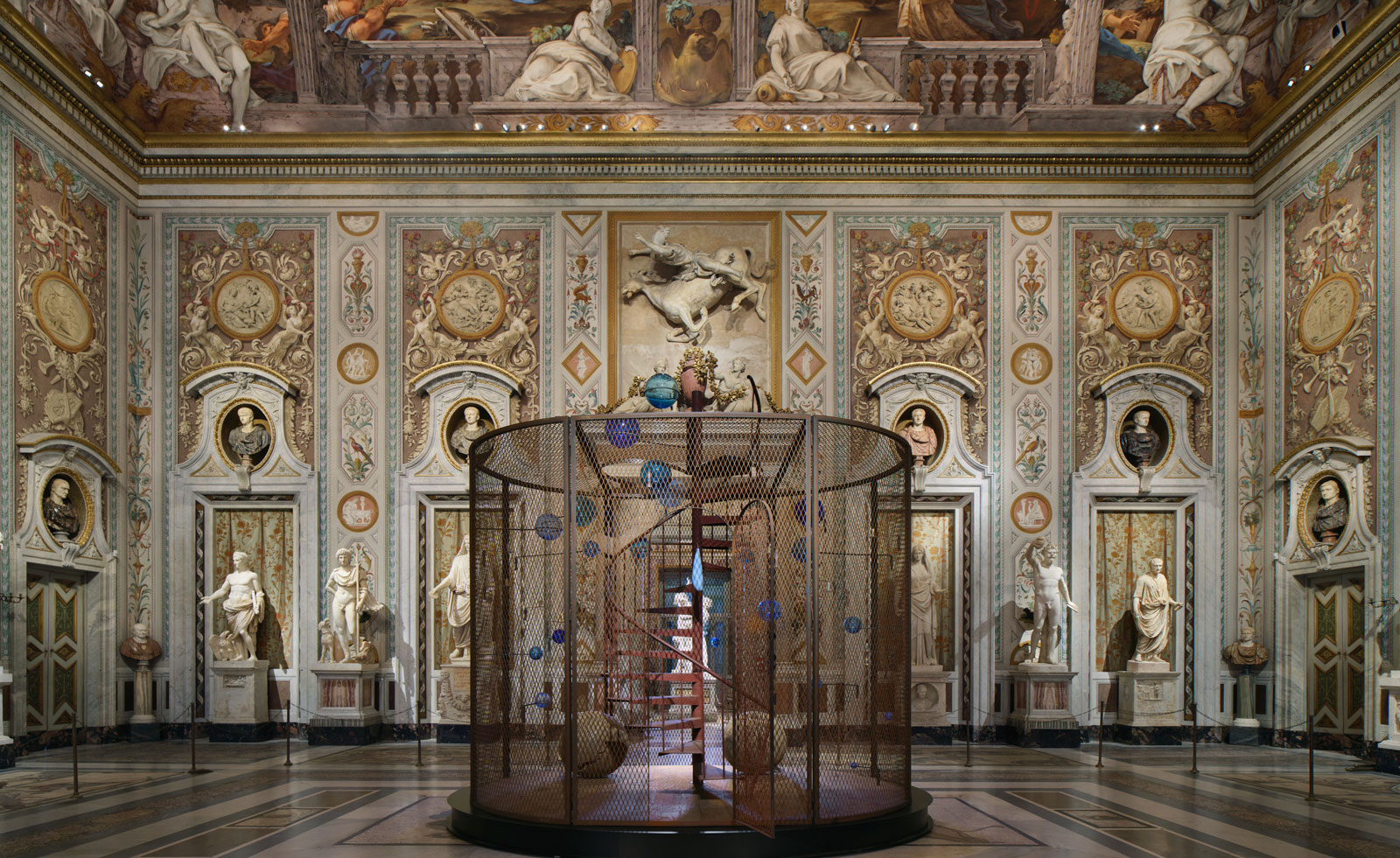 Louise Bourgeois’ work is in conversation with ancient art in Rome
Louise Bourgeois’ work is in conversation with ancient art in RomeGalleria Borghese's 'Louise Bourgeois: Unconscious Memories' is its first exhibition dedicated to a contemporary female artist and the first devoted to Bourgeois in Rome
By Hili Perlson
-
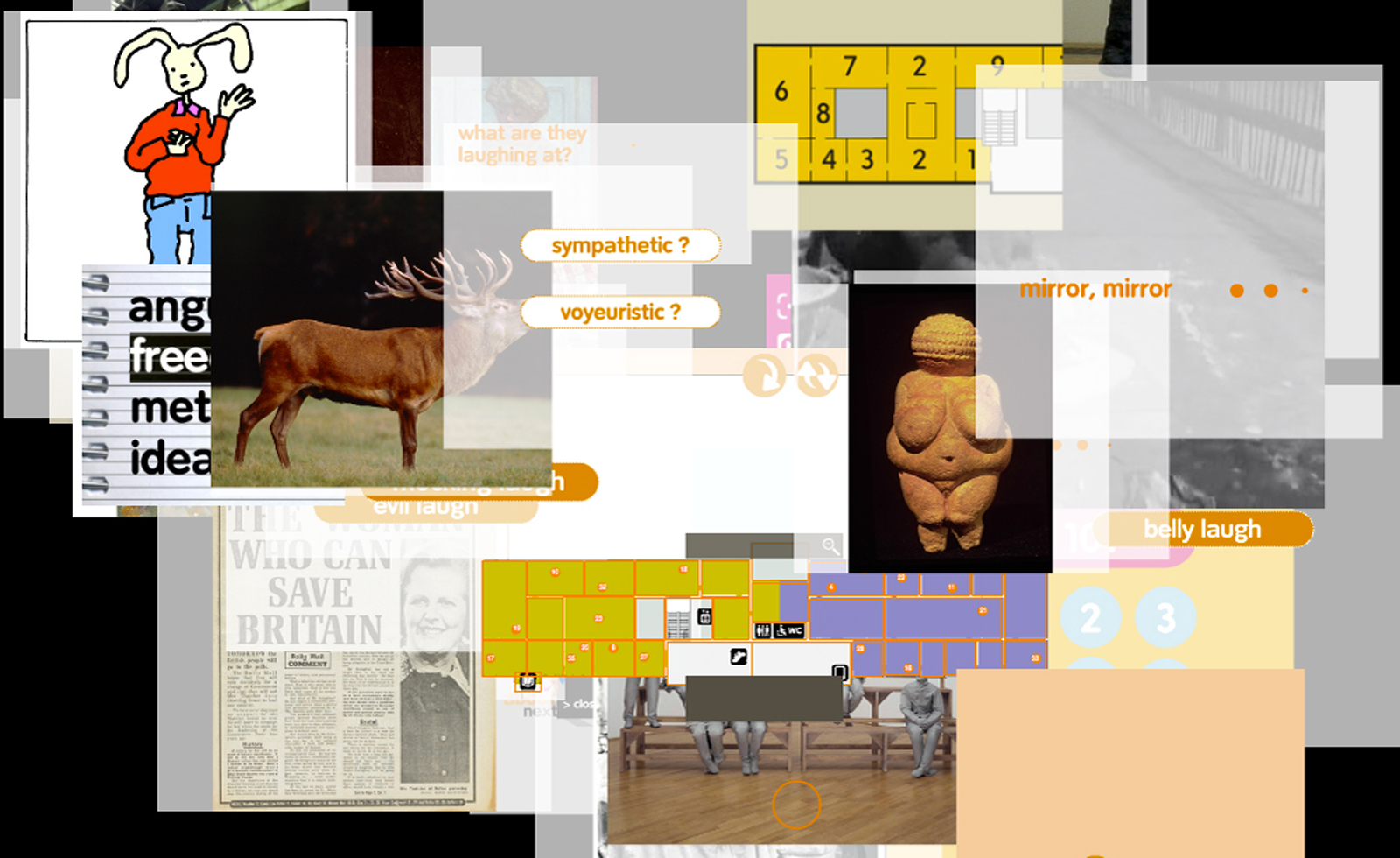 ‘I just don't like eggs!’: Andrea Fraser unpacks the art market
‘I just don't like eggs!’: Andrea Fraser unpacks the art marketArtist Andrea Fraser’s retrospective ‘I just don't like eggs!’ at Fondazione Antonio dalle Nogare, Italy, explores what really makes the art market tick
By Sofia Hallström
-
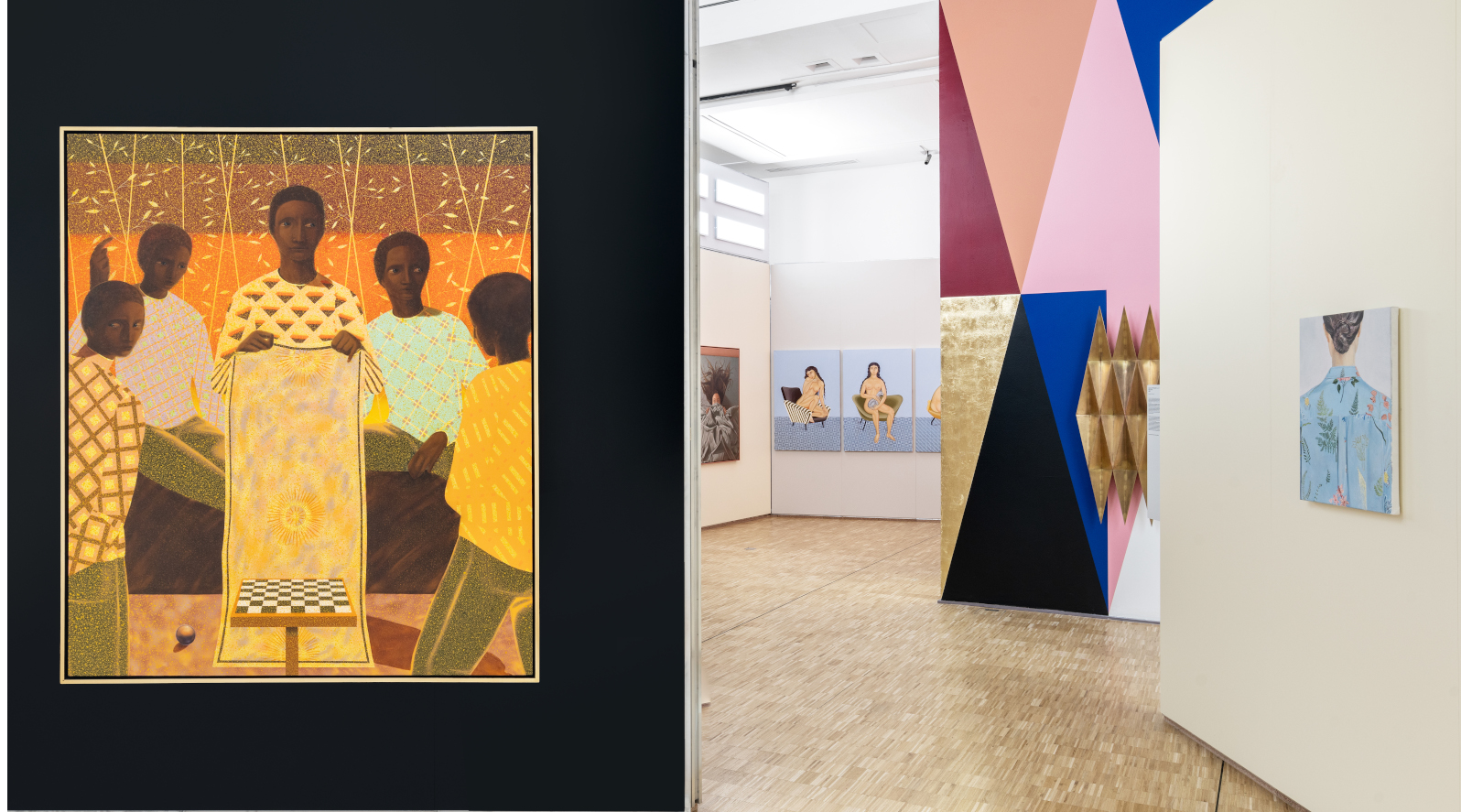 Triennale Milano exhibition spotlights contemporary Italian art
Triennale Milano exhibition spotlights contemporary Italian artThe latest Triennale Milano exhibition, ‘Italian Painting Today’, is a showcase of artworks from the last three years
By Tianna Williams